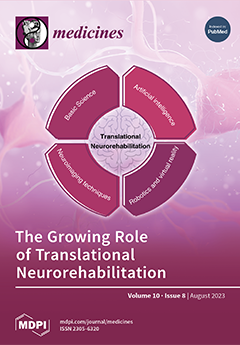Background: Contrast-induced encephalopathy (CIE) is an infrequent but serious neurological condition that occurs shortly after the administration of contrast during endovascular and angiography procedures. Patients suffering from chronic kidney disease (CKD) or end-stage kidney disease (ESKD) are considered to be at a higher risk of contrast medium neurotoxicity, due to the delayed elimination of the contrast medium. However, the occurrence and characteristics of CIE in CKD/ESKD patients have not been extensively investigated.
Methods: We conducted a comprehensive literature search, utilizing databases such as MEDLINE, EMBASE, the Cochrane Central Register of Controlled Trials, and the Cochrane Database of Systematic Reviews, up to September 2022. The purpose was to identify documented cases of CIE among patients with CKD or ESKD. Employing a random-effects model, we calculated the pooled incidence and odds ratio (OR) of CIE in CKD/ESKD patients.
Results: Our search yielded a total of eleven articles, comprising nine case reports and two observational studies. Among these studies, 2 CKD patients and 12 ESKD patients with CIE were identified. The majority of the CKD/ESKD patients with CIE (93%) had undergone intra-arterial contrast media and/or endovascular procedures to diagnose acute cerebrovascular disease, coronary artery disease, and peripheral artery disease. The male-to-female ratio was 64%, and the median age was 63 years (with an interquartile range of 55 to 68 years). In the two observational studies, the incidence of CIE was found to be 6.8% in CKD patients and 37.5% in ESKD patients, resulting in a pooled incidence of 16.4% (95% CI, 2.4%–60.7%) among the CKD/ESKD patients. Notably, CKD and ESKD were significantly associated with an increased risk of CIE, with ORs of 5.77 (95% CI, 1.37–24.3) and 223.5 (95% CI, 30.44–1641.01), respectively. The overall pooled OR for CIE in CKD/ESKD patients was 32.9 (95% CI, 0.89–1226.44). Although dialysis prior to contrast exposure did not prevent CIE, approximately 92% of CIE cases experienced recovery after undergoing dialysis following contrast exposure. However, the effectiveness of dialysis on CIE recovery remained uncertain, as there was no control group for comparison.
Conclusions: In summary, our study indicates an association between CIE and CKD/ESKD. While patients with CIE showed signs of recovery after dialysis, further investigations are necessary, especially considering the lack of a control group, which made the effects of dialysis on CIE recovery uncertain.
Full article
 to open them.
to open them.



